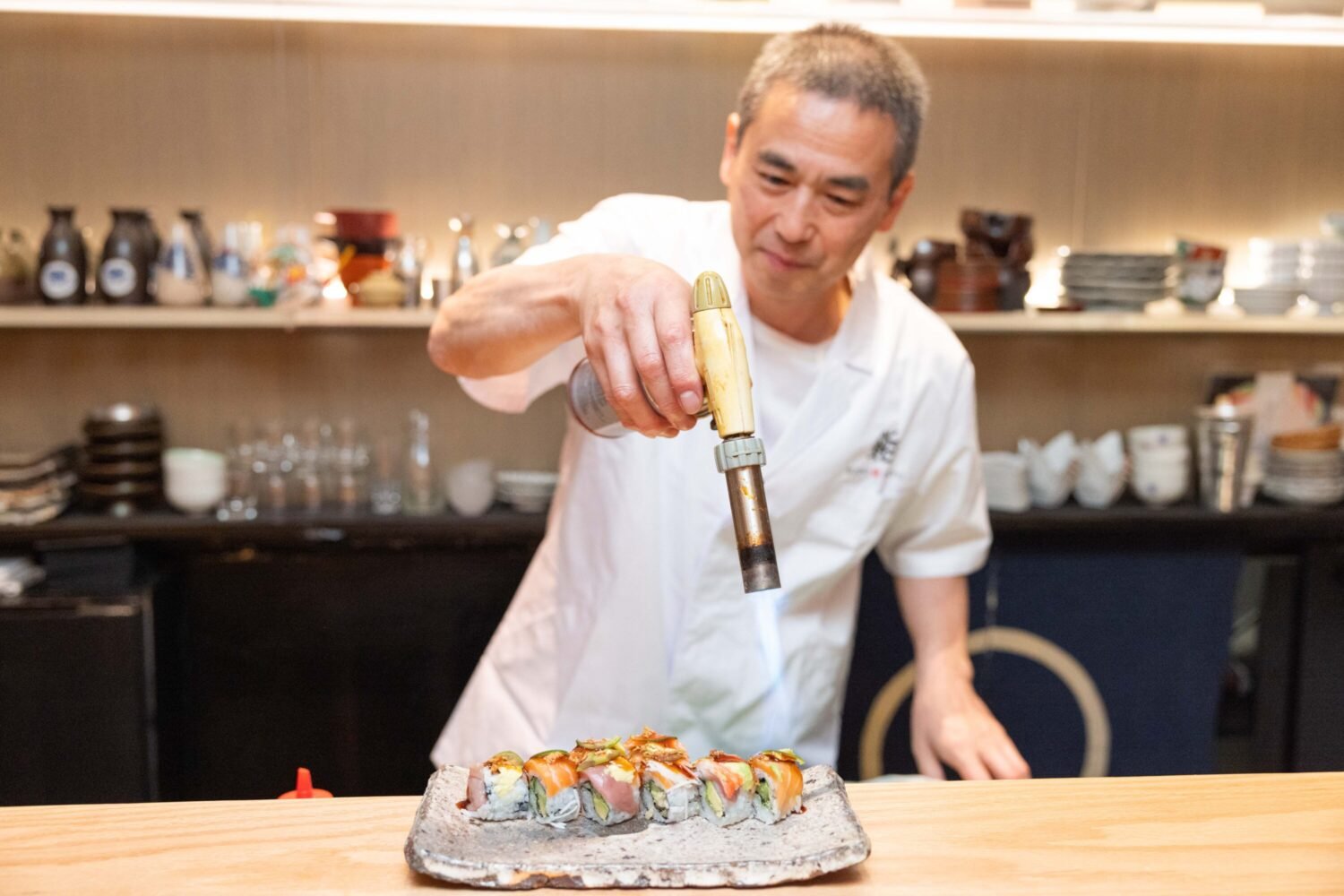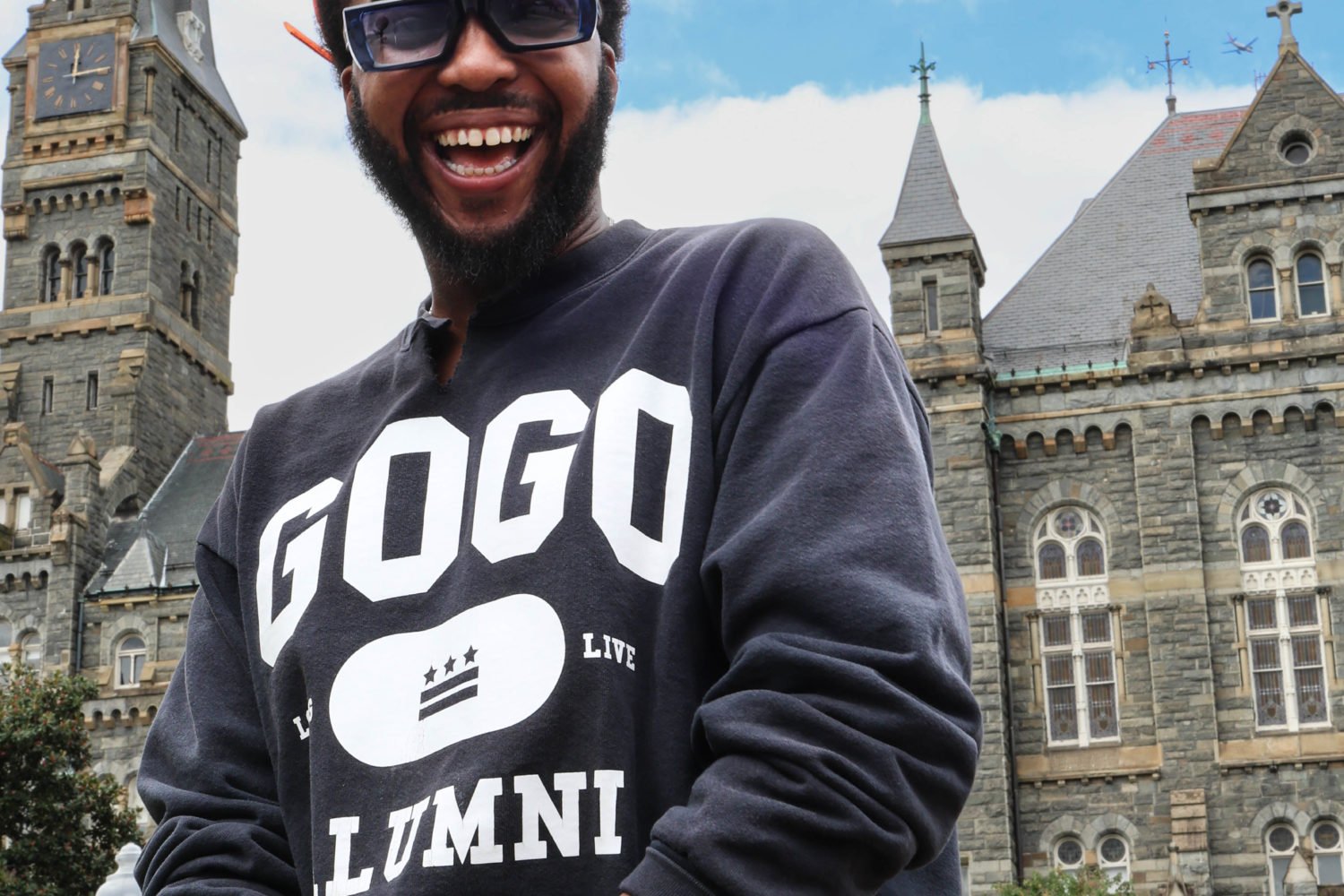The rowdiest moviegoing experience of my life was opening night of Sonic the Hedgehog 2. It was wall-to-wall kids with sodas shedding incredulous squeals of delight, screaming at the screen or scream-narrating to their parents some esoteric bit of plot. Sonic 2 was an unsurpassed madhouse. But in second place for rowdiest crowd, I would rank opening night of Don’t Worry Darling, Olivia Wilde’s new feminist sci-fi fantasia that’s basically “Mad Men” set in a Stepford Wives dystopia with an M. Night Shyamalan twist.
I saw Don’t Worry Darling at the Georgetown AMC last night because a) Olivia Wilde grew up just down the street, so, I don’t know, what if she decided to show up? and b) I saw a Tweet claiming that, at the midnight premiere the night before, “27 teenage girls in sweatpants” were all “yelling along to the harry styles outburst word for word.” Now, I don’t know what “the Harry Styles outburst” is—I’m 30 years old—but this was a scene that I wanted to experience for myself.
this is probably my own fault for buying tickets to the don’t worry darling midnight premiere at the georgetown amc but I was not prepared for 27 teenage girls in sweatpants to yell along to the harry styles outburst word for word
— Ella Malena Feldman (@ellamfeld) September 23, 2022
The Georgetown AMC did not disappoint. While no sweatpant-clad teens yelled along with any lines, the crowd was bopping nonetheless. Throughout the movie, the theater was enveloped in a susurrus that I might compare to the cooing of an industrial chicken house, occasionally punctuated by piping screams, inexplicable laughter, writhing limbs, and, at a key moment, snapping, whistling, and an outburst of “Yeah, bitch!”
As with the Sonic movie, the extent of the crowd’s agitation was far disproportionate to the quality of the film. This makes sense, since Don’t Worry Darling is basically Sonic 2 for young adults. The similarity here is what an effete person might call “extratextual engagement” and what my son would call “the lore.” In my son’s world, “the lore” of a given cultural product has to do with its previous iterations (games, comic books, movies, etc.), but also—more importantly—with fan-made content: memes, YouTubes, and whatever else has knitted itself into the arcane fabric of that particular cultural niche.
In the Don’t Worry Darling context, “the lore” is the international sloshing of nuclear waste that was the film’s press tour—which the internet dissected with hermeneutic rigor over the course of what felt like months, but may have in fact been 72 hours. Most of this ugliness seems to revolve around Olivia Wilde’s feud with the film’s star, Florence Pugh. Here’s just one incident from the Venice Film Festival: Pugh skipped the press conference—allegedly due to a scheduling conflict—but was then spotted sauntering around town in a purple Valentino haute-sweatsuit carrying an Aperol spritz and appearing not to have a care in the world.
Can’t wait for the video of Florence Pugh arriving late to the Venice Film Festival holding an Aperol spritz to win Best Picture over Don’t Worry Darling at the Oscars next year pic.twitter.com/v2adhHZQWt
— Gibson Johns (@gibsonoma) September 5, 2022
All this mess has overshadowed the film itself and inflected its tepid-to-poor reviews. But actually, Don’t Worry Darling is fine. Was it “smart”? Not terribly. Was it entertaining? Yeah, for sure. All I can say of its plot is that Wilde really shot herself in the foot by making a film that can’t be feminist think-pieced into contemporary relevance without spoiling its twist.
The real draw here is the visuals: A midcentury Palm Springs-esque planned community, light dribbling across the mountains, besuited men in pastel cars, women tending immaculate houses, carpeted conversation pits, crystal glasses, striking wallpaper, dresses in lush textures, an unfurling agave in the yard. I know, it’s all supposed to be sinister, but if Don’t Worry Darling were an Instagram, I’d follow it. It’s the kind of movie that makes me wish I had rich friends and a wedding registry.
One thing I’ll note is the creepy town’s fixation on secrecy and control; all must be neat, choreographed, anodyne. “We ask for discretion above all else, and that is very difficult,” says the community’s quasi-cult-leader at the climax of a big speech. As you might guess, it all unravels when the internecine turmoil can no longer be buried. Well, that’s basically what happened with the press tour, too.
Leaving the theater, I found myself beside flocks of young women, late teens to mid-twenties, all adorned in their best fall fashions: gingham, puffy fleeces, denim jackets, pristine kicks. I stopped a crew of them—five or six AU students who’d monopolized the front row—and asked if they’d come for the movie or the drama. “I’m gonna be honest, it was the drama,” one of them replied. “I probably would have watched it eventually on streaming, but the drama got me to the theater on the first night.”
These women had lots to say about Harry Styles, a star whose provenance I’m too old to know and too indifferent to Google. When I asked if they thought he was good, they all gave a flat “no.” “There were some okay moments,” one young woman offered. Another said, “I actually thought he was going to be worse.”
I really needed to know which Harry Styles line the crew of sweatpanted teens had allegedly yelled the night before. But these young women all seemed puzzled, chattering over one another until one girl, in a nasal British accent, shouted “Not everybody gets this opportunity!”
“That clip went viral,” she explained, “because they released that ten-second clip of Harry Styles screaming, and everyone was like, What is this accent? What is he doing? What’s happening?” Asked if he doesn’t usually have that accent, she said, “Well, it just sounded like he was faking a British accent, but he’s actually British, so…”
So, the reviews for Harry Styles were poor, but these girls loved the movie. They liked the concept. The plot was thrilling. “I felt like people were talking really bad about it, but we all had a great time.”

















